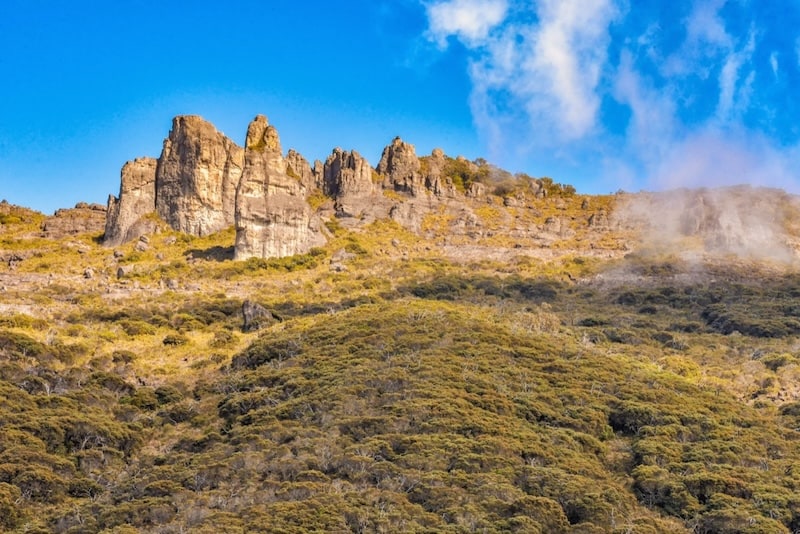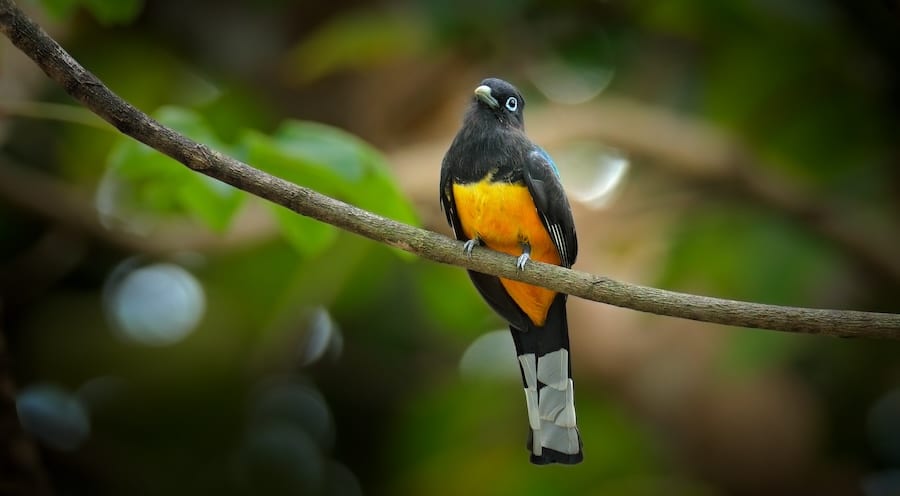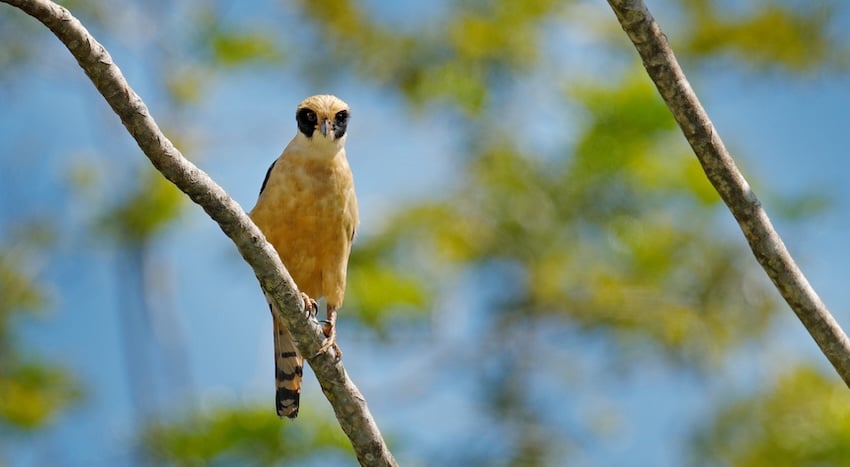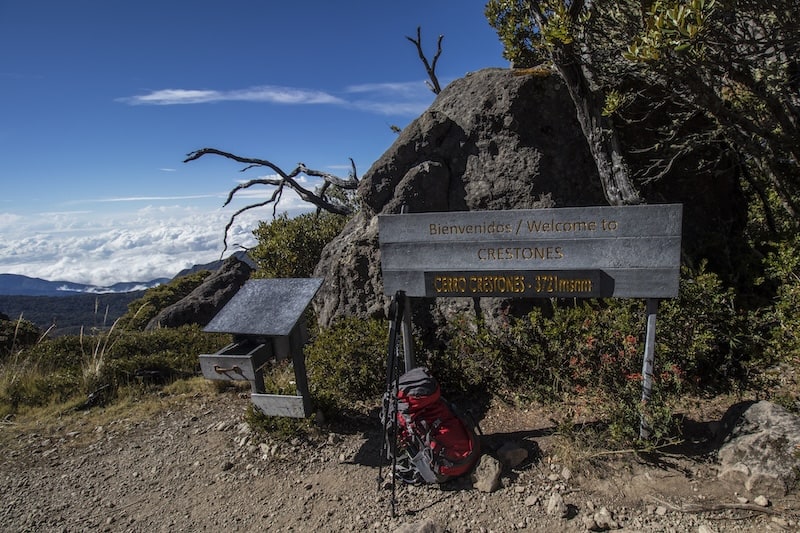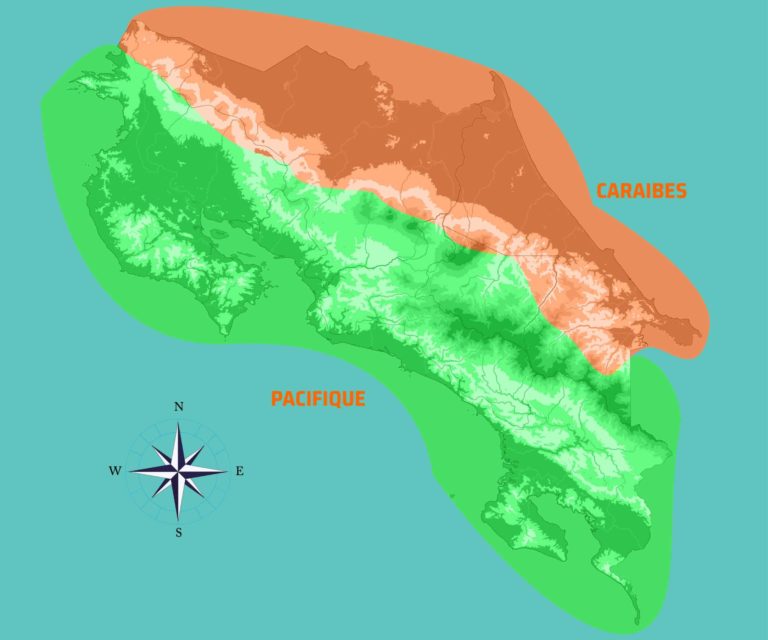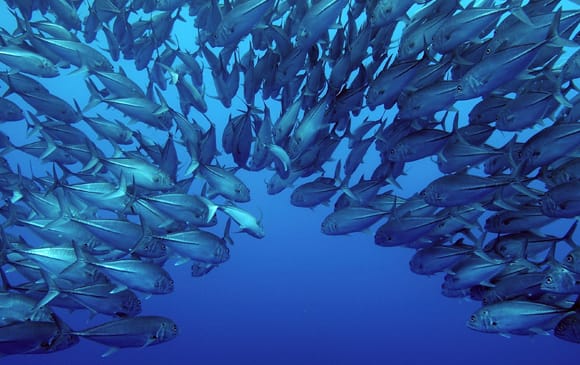Chirripó National Park, nestled in the heart of Costa Rica’s Cordillera de Talamanca, is much more than just a protected natural area. It’s a sanctuary of biodiversity, a playground for hardened hikers and a place to reconnect with nature in all its splendour.
A sleeping giant
Chirripó National Park takes its name from Cerro Chirripó, Costa Rica’s highest peak at 3,820 meters. It was declared a national park in 1975. It is the highest point in the Cordillera de Talamanca and offers exceptional panoramic views over the whole country, extending as far as the coasts of the Pacific Ocean and the Caribbean Sea on a clear day. The park itself is a place of great ecological importance, recognized by UNESCO as part of the Cordillera de Talamanca Biosphere Reserve and La Amistad World Heritage Site.
Geography and climate of Chirripó National Park
Chirripó National Park is characterized by great geographical and climatic diversity, due mainly to its extreme variations in altitude, ranging from 1,200 to 3,820 meters. This diversity is reflected in the presence of different ecosystems, such as tropical rainforest, cloud forest, subalpine forest and high-mountain savannah.
The park’s climate varies considerably with altitude. In the lowest areas, the climate is tropical, with average temperatures around 20°C, while at the summit of Cerro Chirripó, temperatures can drop below 0°C, especially at night. This climatic variation contributes to the biological richness of the park, home to flora and fauna adapted to a variety of environments. This is the coldest zone in Costa Rica.
The biodiversity of Chirripó National Park
Costa Rica’s Chirripó National Park is a veritable sanctuary of biodiversity, home to numerous endemic and rare species. Due to its geographical isolation and climatic variations, the park is home to unique flora and fauna, making it a place of great importance for scientists and nature lovers alike. Hikers particularly appreciate the birdwatchers who support them during the physical experience of climbing Mount Chirripó.
Flora
The park’s flora is diverse and extends over several ecological zones. In the lowlands, the tropical rainforest is dominated by towering trees such as ceibo and guanacaste, while higher altitudes see the emergence of the cloud forest, where trees are covered with moss, lichens and orchids. At altitudes above 3,000 metres and up to the summit, vegetation becomes sparser, with species adapted to high mountain conditions such as dwarf bamboo and various cushion plants.
Among the trees you can observe are various species of oak (Quercus spp), aguacatillo (Ocotea sp), ira rosa (Nectandra sp), sweet cedar (Cedrela tonduzzi) and tirrá (Ulmus mexicana).
Mount Chirripo also protects the only Paramo in Costa Rica and Central America. The paramo is a high-altitude neotropical biotope that plays a key role in water production by capturing moisture and feeding lakes and rivers.
Which animals are emblematic of Chirripó National Park?
Chirripó National Park is home to a wide variety of emblematic animal species, including the quetzal, puma, tapir, howler monkey and many endemic bird species. Visitors have the chance to observe these animals in their natural habitat during hikes and excursions in the park.
The fauna of Cerro Chirripo is equally impressive. The park is a haven for many endangered species, such as the jaguar, puma and Baird’s tapir. Birdwatchers will also be delighted, as the park is home to over 400 species of birds, including the resplendent quetzal, one of Costa Rica’s most emblematic species. Other animals include howler monkeys, agoutis and a host of reptiles and amphibians, some of which are endemic to the region.
Climbing Cerro Chirripó
The main attraction of this park is, of course, hiking and climbing to the summit. Even if it’s not a high mountain like the Alps, you’ll need to be in good physical condition and accustomed to medium to difficult treks. Excursions are guided (not compulsory, but recommended), and you’ll be provided with your own rucksack. You’ll discover varied landscapes rich in biodiversity, but the effort will be rewarded by fabulous scenery. The hike to the summit of Cerro Chirripó is undoubtedly the most popular hiking activity in Costa Rica. This demanding hike covers a distance of around 20 kilometers from the village of San Gerardo de Rivas to the summit.
It’s worth noting that climbing Cerro Chirripo on a trip to Costa Rica should be considered with sufficient forethought, as access to the park is strictly controlled to minimize human impact. In fact, space is limited at the Los Crestones base and entry to the park is restricted. This measure ensures that trails and sensitive ecosystems are not overcrowded, thus preserving the integrity of the park.
In addition, we recommend taking a guide to avoid any nasty surprises on the steep cerro trails. We’re in a mountain environment here, and a fall or medical problem requires fast, efficient assistance.
There are three paths to the summit of Chirripo.
– San Gerardo – Base Crestones: the best-known and busiest of the three access routes is the one from San Gerardo de Rivas to los Crestones.
– San Jerónimo – Sabana de los Leones – Base Crestones: this route was inaugurated in January 2016. It starts in San Jerónimo, crosses the Los Leones valley before arriving at Base Crestones.
– Herradura – Urán – Base Crestones: the third access route to the park starts from Herradura, passing the Bajo de los Indios (3330 m), where you will spend the night. It then continues towards Cerro Urán before reaching Cerro Chirripó and sleeping at Base Crestones.
Chirripo Park for travellers not wishing to climb the mountain
For those who prefer more leisurely activities and can’t imagine climbing all the way to the summit, wildlife watching is an excellent option. The park has a number of marked trails in its lower reaches, where visitors can explore the forest and observe some of the park’s most emblematic species, such as the quetzal, the spider monkey and the tapir. Botany enthusiasts will be delighted to discover the diversity of plants, trees and flowers, including the many varieties of orchids.
Best time to visit Chirripó National Park?
The best time to visit Chirripó National Park is during the dry season, from December to April. During this period, weather conditions are more favorable for outdoor activities, such as climbing the Cerro Chirripó.
Ideal cerro chirripo program: 3 nights minimum, ideally 4 nights from December to May
- Day 1: Overnight in or near San Gérardo de Rivas.
- Day 2: first day of hiking (7 hours – 14 km). Arrival at Los Crestones base.
- Day 3: second day: hike to the summit of Cerro Chirripo – magical views from the Pacific to the Caribbean and cloud forests. The sunsets are exceptional. Second night at the inn (7 hours – 14 km) or return to San Gerardo de Rivas (12 hours – 24 km) in the 3-night version.
- Day 4: return to San Gerardo de Rivas (approx. 5 hours).
A few tips for visitors
Visiting Chirripó National Park requires a certain amount of preparation, due to its remoteness and sometimes difficult conditions. Here are a few tips to help you make the most of your visit.
If you want to discover this national park, we recommend you book a guided tour in Costa Rica with one of our English-speaking hiking guides.
Prepare yourself physically
The hike to the summit of Cerro Chirripó in Costa Rica is physically demanding. It’s advisable to train before the trek and to be in good physical condition. Take along clothing adapted to climatic variations, as well as a good pair of hiking boots.
Reserve
Due to access restrictions, it’s important to book your hiking permit and accommodation well in advance, especially if you plan to visit during the high season (December to April).
Respect the environment
During your visit, follow the principles of “Leave No Trace”: don’t leave any garbage behind, respect the flora and fauna and stay on the marked trails to minimize your impact on the environment.
Cerro Chirripó is much more than just a tourist destination: it’s a biodiversity sanctuary, a place of challenge and adventure, and an outstanding example of environmental conservation. Whether you’re a seasoned hiker, a nature enthusiast or simply looking for an active getaway, Chirripó offers something unique for every visitor. By visiting this park, you’ll be helping to preserve one of Costa Rica’s most precious natural treasures, while creating unforgettable memories in a breathtaking setting.
Among the many national parks in Costa Rica, if there’s one where a guide is particularly recommended, it’s Chirripo. Hiking is on trails that can be steep, and accidents are common. Unlike Arenal National Park, where the slopes are gentler and access limited.
Découvrez d’autres articles de blog
Pourquoi voyager avec nous ?

Une réputation sans faille depuis 2008

Un seul interlocuteur en français

Notre présence toute l’année sur le terrain

Notre expertise pour une offre sur mesure

